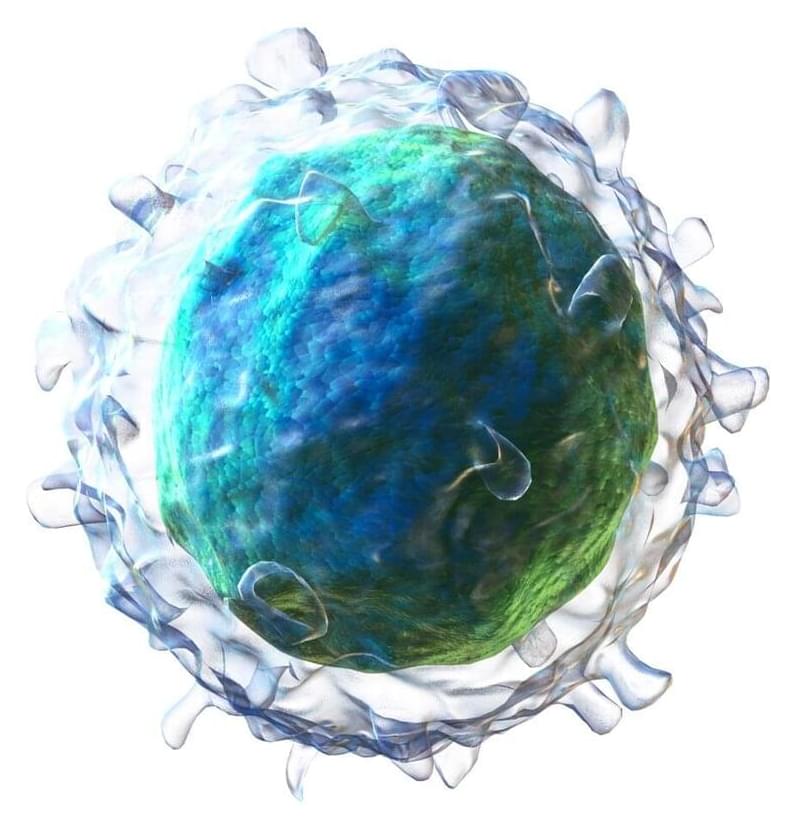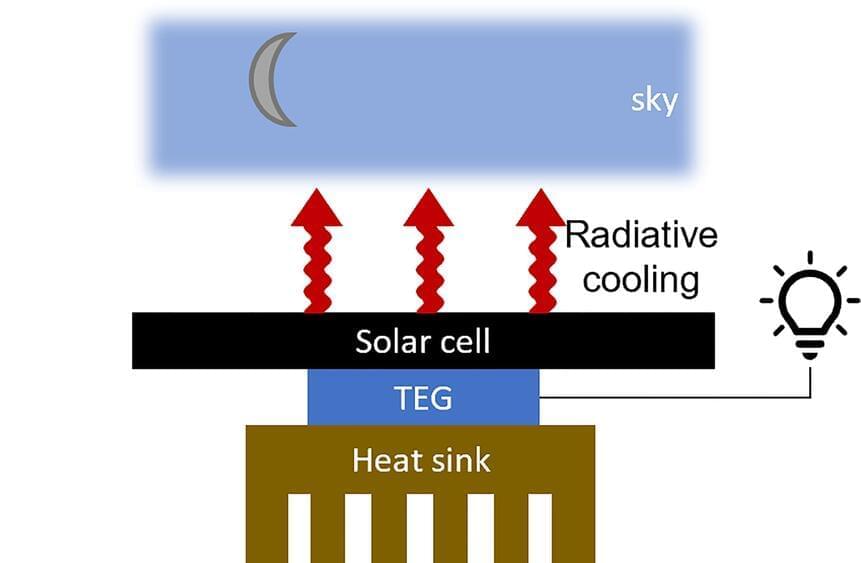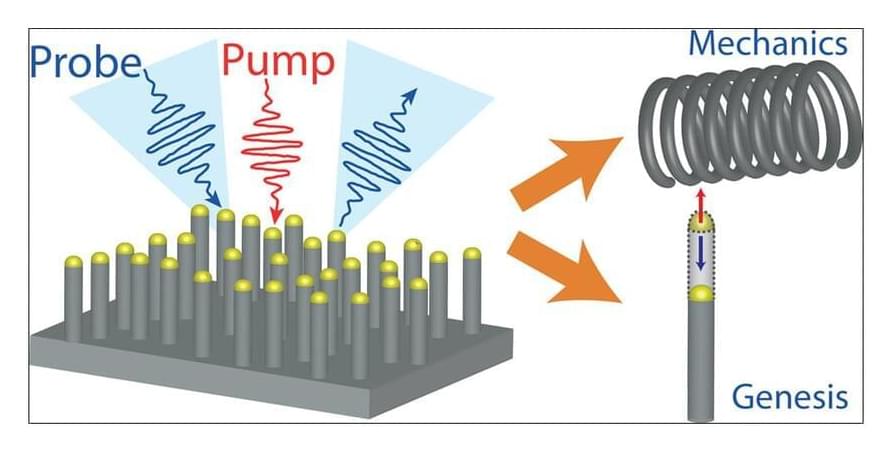An international team of researchers has created a series of brain charts that show how our brains expand rapidly in early life and slowly shrink as we age.



A study published in Molecular Psychiatry is the first to look at multiple levels of biology within women with postpartum depression (PPD) to see how women with the condition differ from those without it. PPD affects 1 in 7 women and has negative mental health consequences for both mother and child. However, the precise biological mechanisms behind the disorder are unknown.
“We don’t have PPD figured out,” said lead author Jerry Guintivano, Ph.D., assistant professor in the UNC Department of Psychiatry. “A lot of biological research focuses on candidate genes and hormones, and we do have a lead on some PPD-specific medications, but it’s important to take multiple avenues to target this condition. Not every manifestation of PPD is the same.”
That’s why Guintivano led a team of researchers from the UNC School of Medicine to conduct the largest transcriptome-wide association study for PPD to date. Previous studies have only analyzed whole blood samples. This study took a deeper look and examined the different components of blood. They took blood samples from 1,500 racially and ethnically diverse women from across North Carolina who had given birth within the past six weeks, 482 of whom were diagnosed with PPD. Researchers used RNA sequencing, DNA genotyping, and assessment of DNA methylation—amounting to three levels of basic biology evaluation—to look for differences in components of the blood samples from women with PPD versus women without PPD.
YouTuber The Action Lab is a prolific science expert who has brought us many cool videos such as this one where he made a laser microscope using just a drop of water or this one where he made a black mirror. Now, he is back with an interesting and entertaining video where he explains how shifty or color-changing glass works.
He starts by showing us examples of three types of this glass. He takes light yellow, dark yellow, and blue pieces of glass and he changes his lightbulb from a halogen one to a compact fluorescent one.
Immediately, the pieces of glass turn pink, orange, and violet. How does such an extreme change occur?

About 750 million people in the world do not have access to electricity at night. Solar cells provide power during the day, but saving energy for later use requires substantial battery storage.
In Applied Physics Letters, researchers from Stanford University constructed a photovoltaic cell that harvests energy from the environment during the day and night, avoiding the need for batteries altogether. The device makes use of the heat leaking from Earth back into space—energy that is on the same order of magnitude as incoming solar radiation.
At night, solar cells radiate and lose heat to the sky, reaching temperatures a few degrees below the ambient air. The device under development uses a thermoelectric module to generate voltage and current from the temperature gradient between the cell and the air. This process depends on the thermal design of the system, which includes a hot side and a cold side.

InAs nanowires are emerging as go-to materials in a variety of applications ranging from optoelectronics to nanoelectronics, yet a consensus on their mechanical properties is still lacking. The mechanical properties of wurtzite InAs nanowires are here investigated via a multitechnique approach, exploiting electron microscopies, ultrafast photoacoustics, and finite element simulations. A benchmarked elastic matrix is provided and a Young modulus of 97 GPa is obtained, thus clarifying the debated issue of InAs NW elastic properties. The validity of the analytical approaches and approximations commonly adopted to retrieve the elastic properties from ultrafast spectroscopies is discussed. The mechanism triggering the oscillations is unveiled. Nanowire oscillations in this system arise from a sudden expansion of the supporting substrate rather than the nanowire itself.

MIT has launched a new academia and industry partnership called the AI Hardware Program that aims to boost research and development.
“A sharp focus on AI hardware manufacturing, research, and design is critical to meet the demands of the world’s evolving devices, architectures, and systems,” says Anantha Chandrakasan, dean of the MIT School of Engineering, and Vannevar Bush Professor of Electrical Engineering and Computer Science.
Microsoft and Hewlett Packard Enterprise (HSE) are working with NASA scientists to develop an AI system for inspecting astronauts’ gloves.
Space is an unforgiving environment and equipment failures can be catastrophic. Gloves are particularly prone to wear and tear as they’re used for just about everything, including repairing equipment and installing new equipment.
Currently, astronauts will send back images of their gloves to Earth to be manually examined by NASA analysts.
Join us on Patreon!
https://www.patreon.com/MichaelLustgartenPhD
Papers referenced in the video:
Dietary oxalate to calcium ratio and incident cardiovascular events: a 10-year follow-up among an Asian population.
https://pubmed.ncbi.nlm.nih.gov/35346210/
Effect of Different Cooking Methods on Vegetable Oxalate Content.
https://pubmed.ncbi.nlm.nih.gov/15826055/
Oxalate in renal stone disease: the terminal metabolite that just won’t go away.
https://pubmed.ncbi.nlm.nih.gov/18523430/
University of Alberta researchers have trained a machine learning model to identify people with post-traumatic stress disorder with 80 per cent accuracy by analyzing text data.
